Live Science Verdict
The Enduro 2 is a world-class exercise and adventure watch with a superb battery life, but the high price means it's not the most budget-friendly wearable in Garmin’s line-up.
Pros
- +
Surprisingly light and comfortable with nylon strap
- +
Very good stat accuracy
- +
Masses of features
- +
Super-long battery life
Cons
- -
Extremely pricey
- -
Similar to Fenix 7 watches
Why you can trust Live Science
The Garmin Enduro 2 has one key aim: it is made to be one of the longest-lasting fitness watches you can buy. In fact, Garmin says it can last longer than a month between charges.
1.4in 280 x 280 MIP screen
10 ATM water resistance
70 g (case only: 64 g)
Up to 34 day battery life (46 with solar)
51 x 51 x 15.6mm
Titanium casing
32GB storage
Multi-Band GPS
This being said, we think some people will be able to drain it in two to three weeks, but it is a trooper and one of the best fitness trackers. Aside from its spectacular stamina, though, the Enduro 2 feels and runs much like one of Garmin’s Fenix 7 models. It offers encyclopedic features, excellent tracking accuracy and useful metrics for those really into exercise. You had better be an enthusiast too because, just like the Epix 2 or Fenix 7X Sapphire Solar, the Garmin Enduro 2 does not come cheap.
As value conscious-reviewers, we’d advise thinking carefully if you need an Enduro over something like the base Fenix 7 or Forerunner 955. Read on for our full review of this smartwatch, including how it performed in our tests.
Garmin Enduro 2: Price and release date
The Enduro 2 is one of Garmin’s most expensive watches. It costs $1099/£929, which is double the price of the Apple Watch Series 8.
Garmin keeps things simple for once by making just the one Enduro 2 model. It has all-top-tier specs, and is effectively an offshoot of the Fenix 7 series when you look closer.
The Enduro 2 was announced in August 2022 and should not be confused with the original Enduro from 2021, which is still available. That version looks similar but lacks downloadable maps, making the new version a much better hiking and adventuring watch.
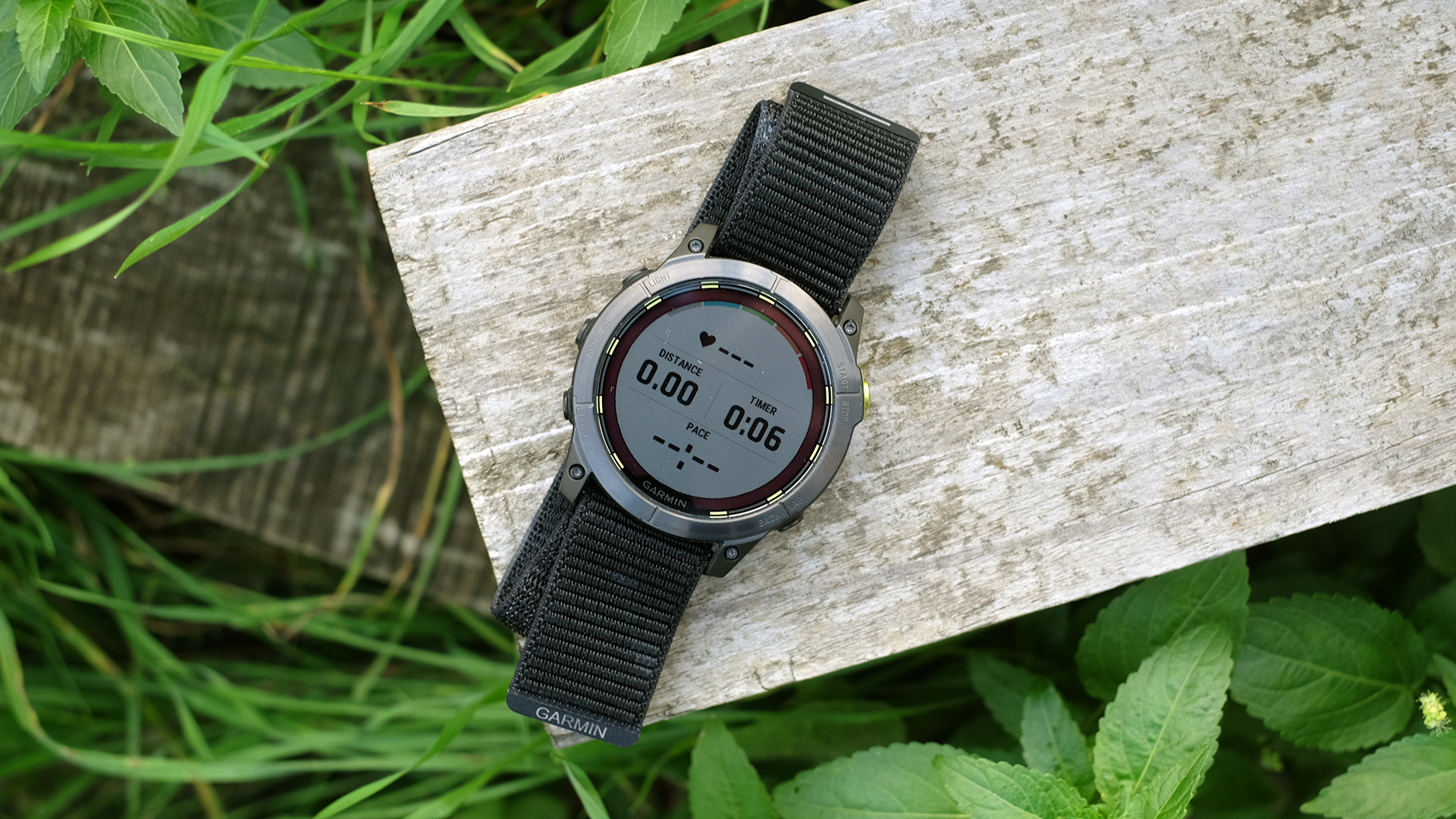
Garmin Enduro 2: Design and display
The Garmin Enduro 2 is a massive watch. Like old-school Garmin trackers it is a wrist dominator that some people simply are not going to like.
Get the world’s most fascinating discoveries delivered straight to your inbox.
However, we were quite surprised by how light it was. You would never guess a watch this big could be so comfortable for 24/7 wear, but it is for two key reasons. The first is that the Garmin Enduro 2 has a titanium and polymer casing instead of the much heavier stainless steel found in some other Garmins. It also includes a nylon strap, which is super-comfy.
This is a watch you rarely have to take off, particularly as it has 10 ATM water resistance just like the other top-tier Garmin trackers. Its screen appears to be identical to the Garmin Fenix 7X Sapphire Solar’s too. This is a 1.4-inch transflective screen that looks dull indoors but clear in bright sunlight, and uses a front light — like a digital watch — for legibility in the dark.
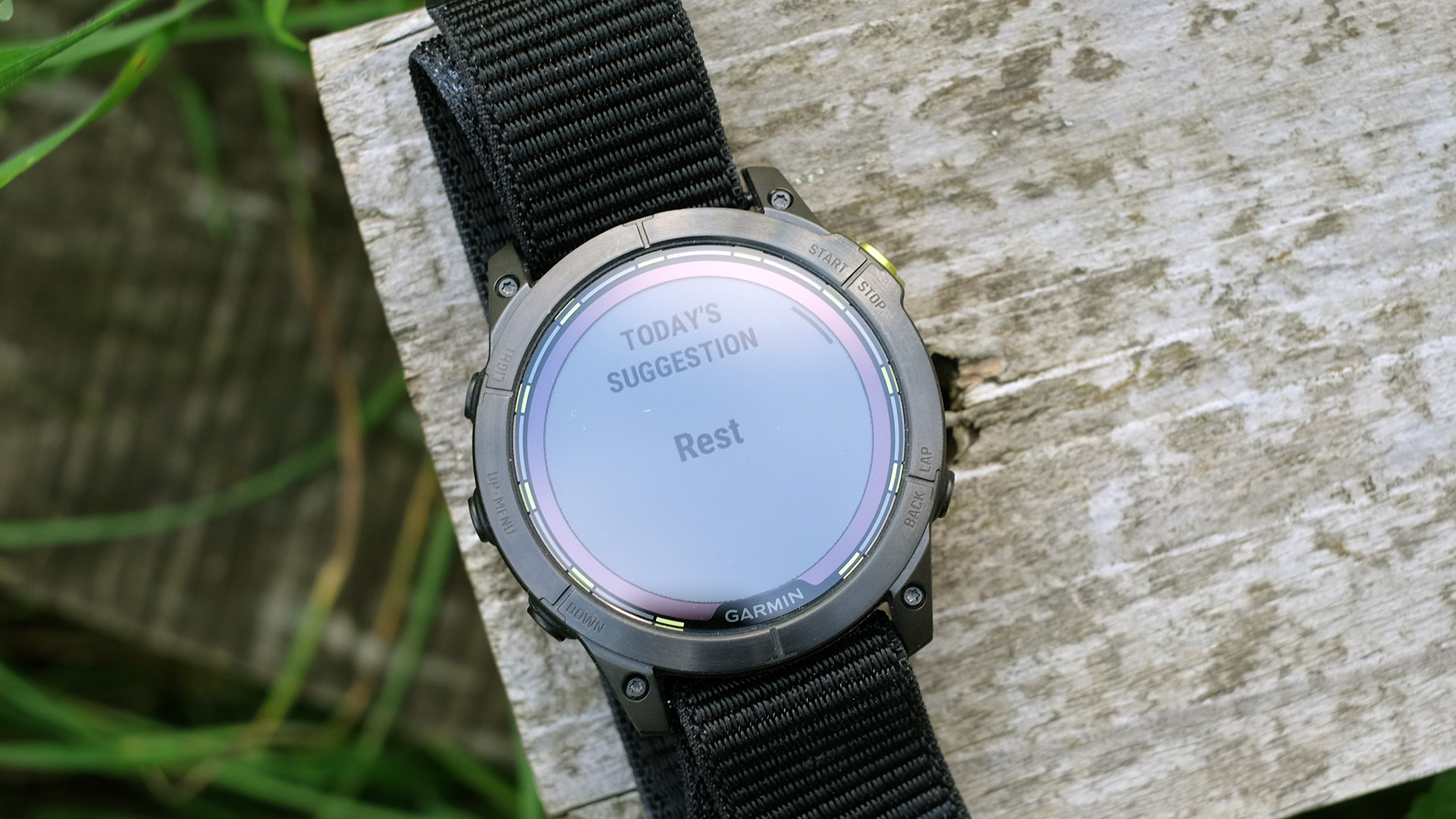
A 280 x 280 pixel resolution may not sound great next to an Apple Watch’s 484 x 396 pixels, and colors are muted in this style of screen. If you do want that smartwatch-style gloss, get a Garmin Epix 2 instead.
This screen also has baked-in solar charging. It’s a pretty pointless feature if daylight hours are restricted where you live, but it will be a big benefit for adventures elsewhere.
Garmin Enduro 2: Features
The Garmin Enduro 2 is almost identical to the Fenix 7X in most respects. It has the full whack of Garmin features, from downloadable maps and nerdy stats like performance condition to everyday staples like sleep tracking and body battery.
It does the light stuff, the heavy stuff, and everything in-between. The Enduro 2 also has a neat embedded LED light strip that sits on the top of the watch’s shell. This should appeal to outdoor types, night runners and those who keep dropping their car keys.
The Enduro 2 is designed for people who need their watch to last an extremely long time between charges. It’s rated for 34 days of use in its “smartwatch” mode, or 46 days when used somewhere that will let it soak up a good amount of solar energy.
After six days of use the Garmin Enduro 2 dropped from 100% charge to 65%, suggesting we’d be able to get around 17 days of use from a charge. This is around half of Garmin’s “smartwatch” figure.
However, we are not surprised as the Enduro 2 was not given an easy time. It was used for all-day notifications, four hour-long 10km runs and a shorter 30-minute run — a fair amount to ask of a wearable over a six-day period.
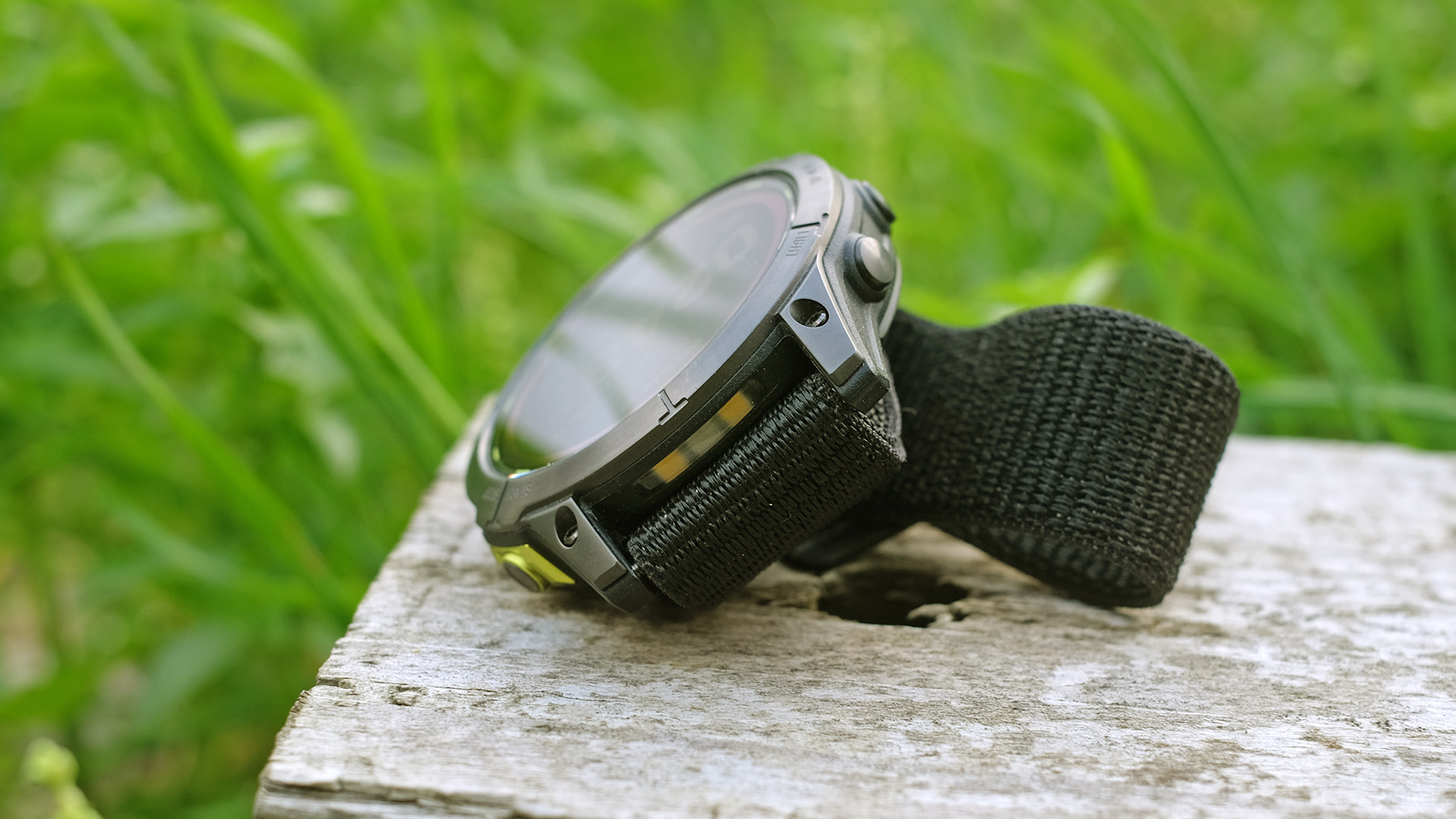
Getting the Enduro 2 to last less than two weeks between charges would be a struggle. The similar Fenix 7X Sapphire Solar has 82% of the Enduro 2’s battery life, and the standard Fenix 7 around half.
If you don’t need that additional stamina, you don’t really need an Enduro. However, it does have some good high-end features. The watch has 32GB storage. Half of it is already used in our review sample, but only because it has maps covering the European continent preinstalled. You can use the rest of the space to download more maps, for free, and to load up the watch with music and podcasts.
Its list of tracking modes is also more expansive than that of even some high-end Garmin watches. The Enduro has golf tempo training, for example, and a “tactical mode” that shows you co-ordinates for your location as well as a map. This isn’t stuff we actually used during testing, other than to check it out. However, we did make use of Garmin’s run coaching feature, which can suggest workouts each time you go to exercise. It also asks you how you felt at the end, to help gauge the program.
Running over 50km in under a week is more than our tester would usually do, so they had to ignore Garmin’s suggestion to rest on the final day. As it turns out, their legs felt pretty rough afterwards. Workouts the watch suggests and the training readiness feature are not a bad way to judge how easy, or hard, you should push your body.
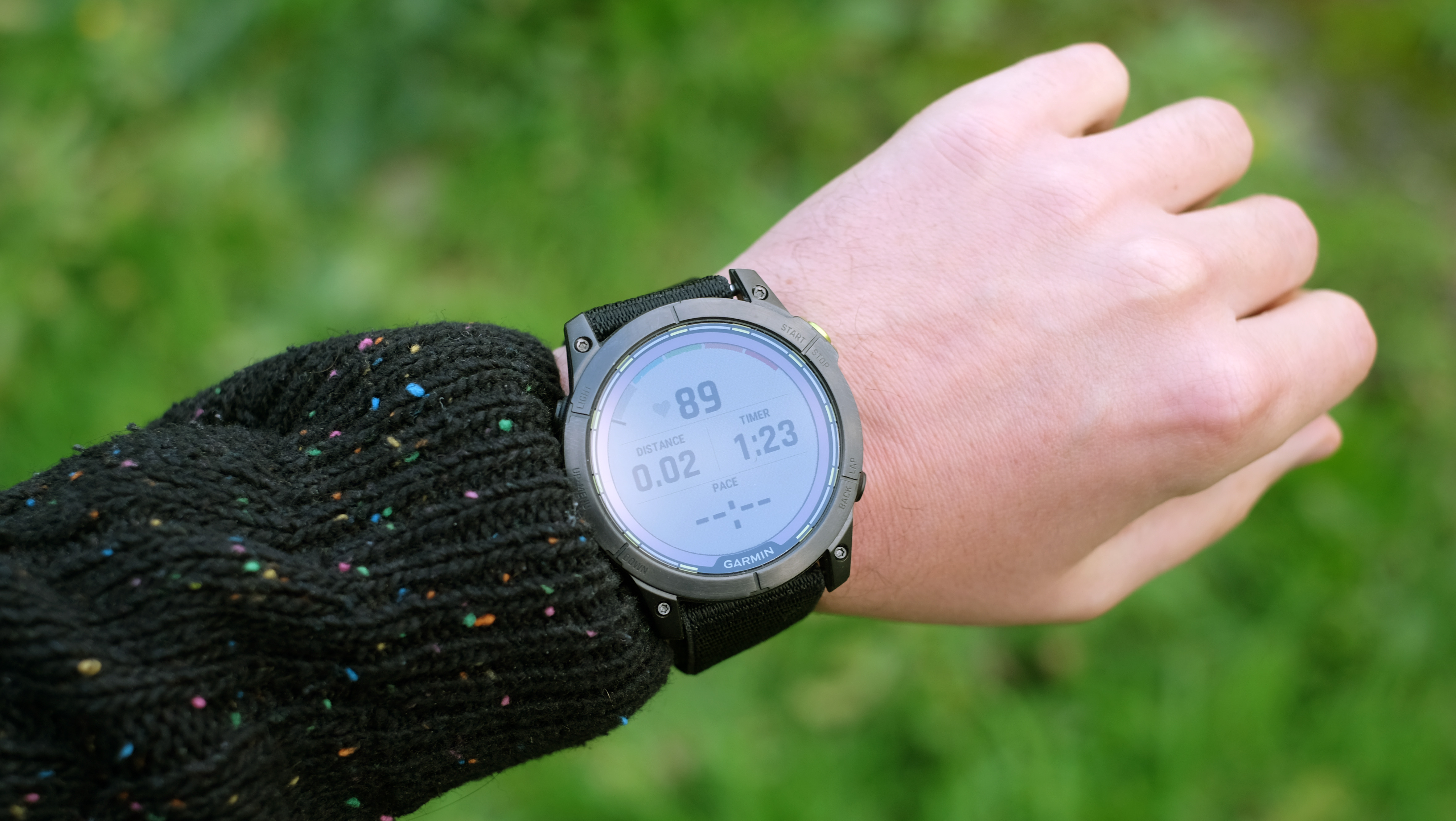
Garmin Enduro 2: Performance
The Garmin Enduro 2 has the same GPS and heart rate hardware as the company’s other top 2022 watches. This means an Elevate v4 heart rate array and Multi-band GPS.
Multi-band is a slightly more battery-draining form of GPS that is going to lead to more reliable tracking in environments where getting signal is tricky — like when you’re surrounded by skyscrapers. One of our favorite aspects here is that the latest Garmin software can automatically switch between modes based on whether Multi-Band is needed or not. We left it on this mode.
In all our tracked sessions, the Enduro 2 was quick to lock on and never lost signal apart from when we went inside buildings. The experience is very similar to that of the Fenix 7 Sapphire Solar: rock solid.
Heart rate readings are great too, with results close to those of a chest strap or Apple Watch Series 8. Once again, the Enduro seems much the same as the Fenix 7.
We did notice that the Garmin Enduro 2’s sleep tracking missed out on a few wakeful moments, even one that included a trip to the toilet. However, the way Garmin presents sleep data these days is excellent, with a score and a short sentence describing sleep quality.
Garmin has also just added “Morning Report”, which shows you your sleep stats each morning, along with the day’s suggested workout and a couple of other bits.
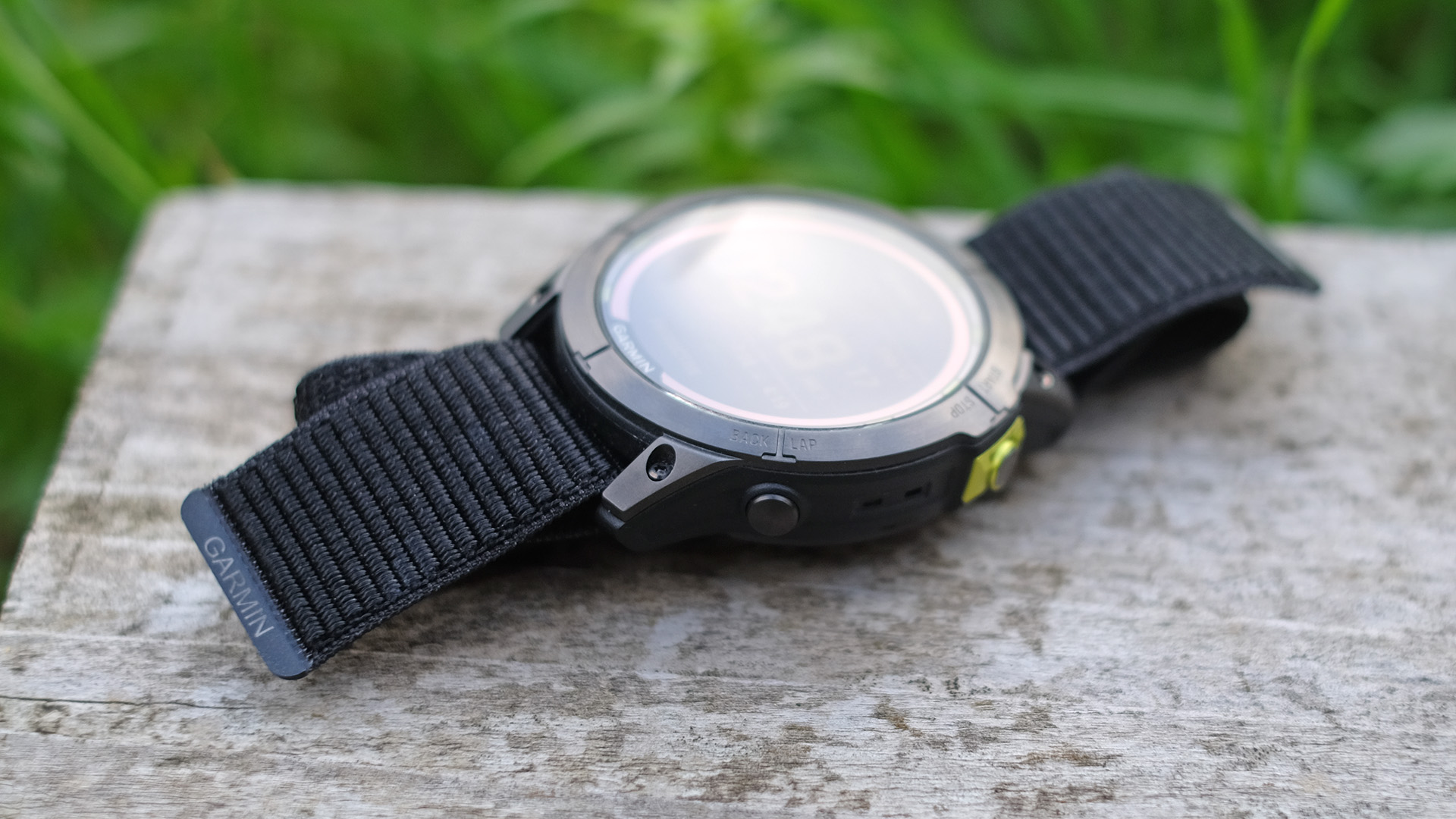
Garmin Enduro 2: Verdict
The Garmin Enduro 2 is a fantastic hardcore fitness watch. It surprised us not with its battery life, which is admittedly great, but how easy it is to wear this watch 24/7 thanks to the reasonable weight and comfy nylon strap included in the box. It also has an LED torch, as seen in the Fenix 7X. There’s really little to criticize in terms of the features, the tracking depth and stat accuracy either.
The major roadblock is the price. The Garmin Enduro 2 costs a small fortune, just like the priciest Fenix models and the Garmin Epix 2. We find that hard to justify when the Forerunner 955 and base Fenix 7 can do the same things, and cost a lot less.
The Enduro 2 is more advanced in other ways, of course, but you should have a think about whether you will use the watch enough to make that spend worthwhile.

Garmin Enduro 2: If this isn't for you
Within Garmin’s range you might also want to consider the Fenix 7X Sapphire Solar, which is slightly cheaper but doesn’t last quite as long off a charge and doesn’t include the nylon strap. This alone accounts for almost the entire price disparity, as Garmin’s official straps are very expensive.
Alternatively, you can drop down to the base Fenix 7X, which is cheaper but a little heavier as it has a stainless steel case.
For a glossier look, consider the OLED Garmin Epix 2. It makes maps look much better, but does not have anything like the battery longevity of the Enduro.
Outside of Garmin you could consider the Apple Watch Ultra, which is great but has comically short battery life in comparison.
Andrew Williams is a freelance journalist based near London. He has written about tech for over a decade, contributing to sites such as WIRED, TechRadar, TrustedReviews, Wareable, Stuff, T3, Pocket-lint and many others. When he's not covering fitness tech, he writes about mobile phones and computing, as well as cameras.


